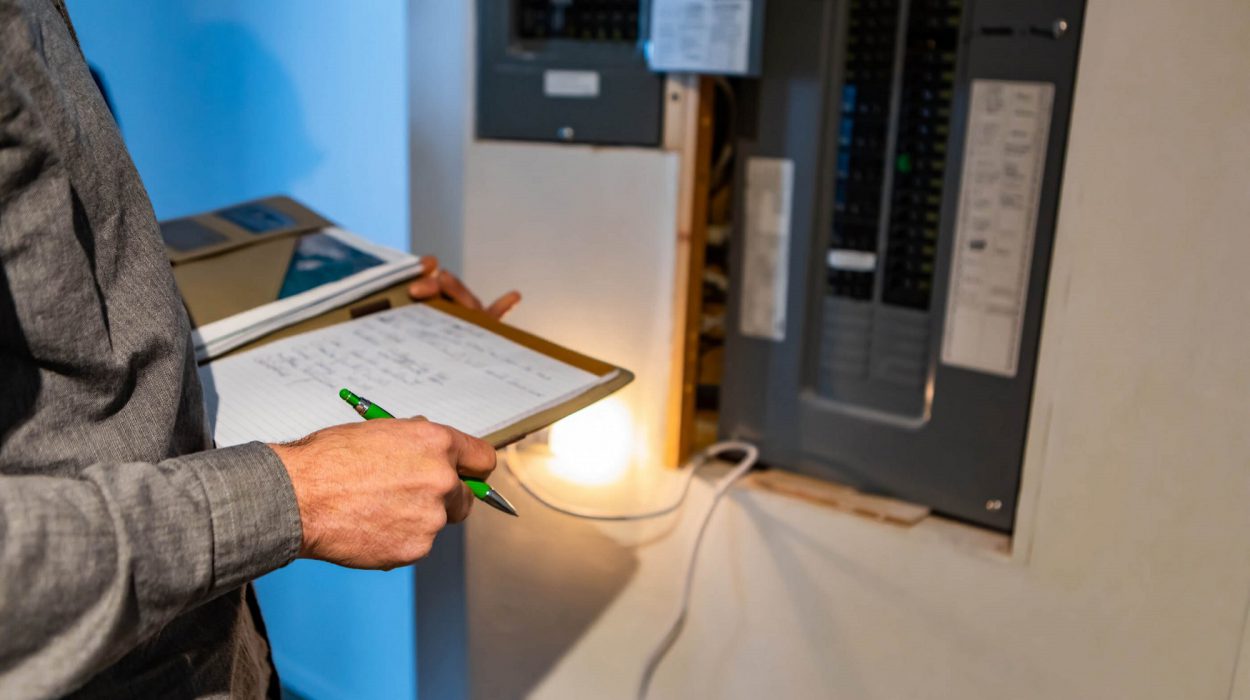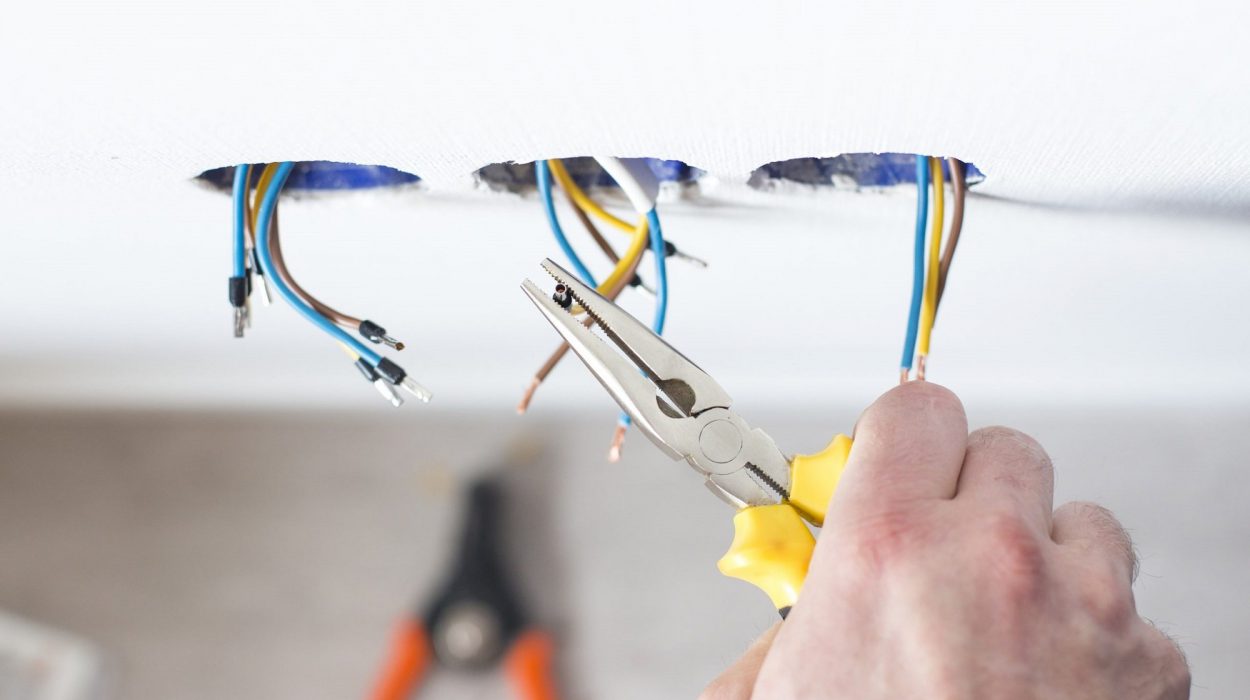
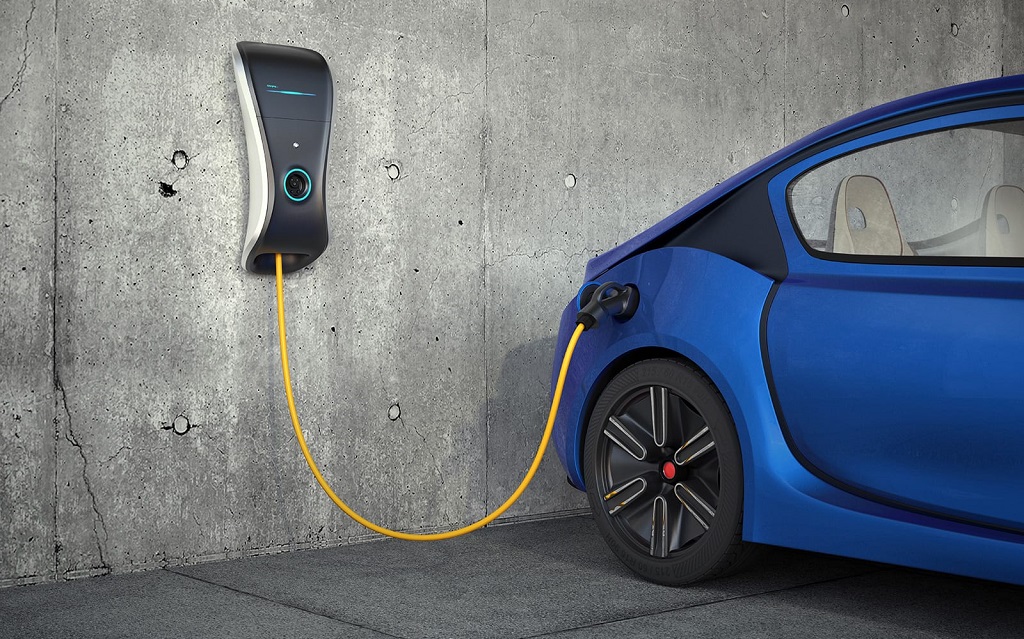
The EV Revolution!
Lowering Your CO2 Footprint
Whether you already drive an electric vehicle or are thinking of getting one.
Mafaza Electrical Services are authorised OLEV installers eligible for Government grants with the Electric Vehicle Home charge Scheme (EVHS).
The EVHS and the WCS (Workplace Charging Scheme). We are focussed on providing high quality, competitively installations and products. We offer our customers exceptional customer service so they immediately recognise the value we can provide.
Mafaza Electrical Services are also Approved Installation Partners with RolecEV. We install other competitively priced EV charging products.

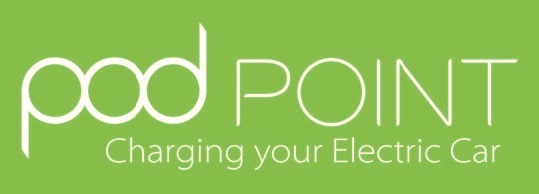

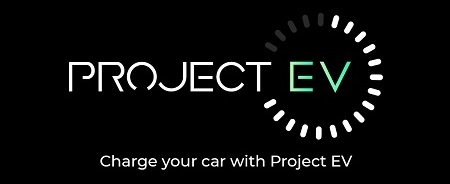
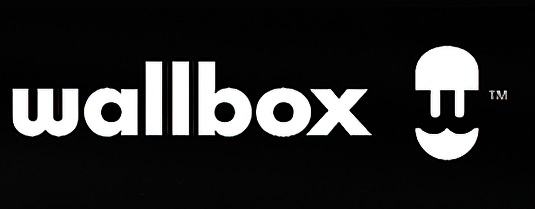
The Process
Installation steps
Determine Your Home's Eligibility for EVC installation.
Confirm You Have Sufficient Electrical Service
Confirm Your Consumer Unit has Space for an Additional Protective Device
Choose a Suitable EV Charger with our Assistance
We Install the EV charging station
On completion issue certification & notify the DON
Common Questions & Answers
If following the Electric Vehicle (EV) charging point installation, the Maximum Demand (MD) of the whole customer connection is less than 13.8 kVA, the DNO must be notified by email within one month of installation at ev-notifications@energynetworks.org. If the MD exceeds 13.8 kVA, the Distribution Network Operator (DNO) must be contacted prior to connection.
The installation height requirements for an Electric Vehicle (EV) socket-outlet have been removed in BS7671:2018.
BS 7671:2018 states the EV socket-outlet must be installed within 0.75 to 1.2 metres from Finished Floor Level (FFL), with the top of displays between 1.2 and 1.4 metres from FFL.
Some smaller, lower capacity electric vehicles have a charger with a standard 13 A plug. This is called Mode 1 or Mode 2 charging. Whilst it is possible to plug this into a standard 13 A socket-outlet, BS 7671:2018+A1:2020 has requirements for a socket-outlet which is intended for Electric Vehicle (EV) to be of a particular type.
BS 7671:2018 requires each AC charging point to incorporate a socket-outlet complying with BS 1363-2, to be marked ‘EV’ on its rear.
BS 1363-2 requires EV marked socket-outlets used for charging electric vehicles to be subjected to additional testing requirements. For example, the socket and switch contacts being tested with an inductive load, as opposed to a resistive load for a normal 13 amp socket-outlet.
The requirements for RCD protection refer to the point itself as opposed to the final circuit supplying the equipment. However, there may be other requirements for the final circuit to be RCD protected such as for fault protection, if it were connected to a TT earthing arrangement. If this is the case, it is important to select the correct Type of RCD and to ensure selectivity upstream from the charging equipment.
BS 7671:2018 requires the charging point to be RCD protected by its own RCD of at least a Type A, having a residual operating current not exceeding 30 mA. It is likely that the RCD will be installed within the charging equipment, but this must be verified with the supplier of the charging equipment.
Services Sub-Menu
Latest Post





Reviews From Customers
Read What our customers are saying about their experiences with our Top Notch Electrical Services in London
150+
4.5/5
Projects
5.00
5/5
Best Electrician
We have used Mafaza Electrical for the last 2 years completing our consumer unit replacements and EICR for our portfolio of rental properties. We have always found them to be very efficient and reliable and reasonably priced.
Altaf
Hartedge Ltd.
We are now regular customers with Mafaza Electrical Services and we've been very satisfied; they have always responded quickly when we have experienced breakdowns and their installation work is always to a very high standard.
Michael
Residential Services
The work was carried out to a high standard and the electrician was professional, courteous and easy to reach on the phone throughout the job. Afterwards the property was cleaned up nicely despite a messy rewiring. Very impressed.
Rita
Queens Gate SW7
Mafaza installed my second Electric Vehicle charger promptly and efficiently and even returned a month later to update part of the protection system as part of the service. The cost was very reasonable. I highly recommend him
Alper
Guildford Road KT22
We now have power and lighting to the garage and outhouse. These guys completed it while doing the main works for the flats power supply, very efficiently and cost effective. I’m really pleased these guys know what they are doing. I will always recommend them.

